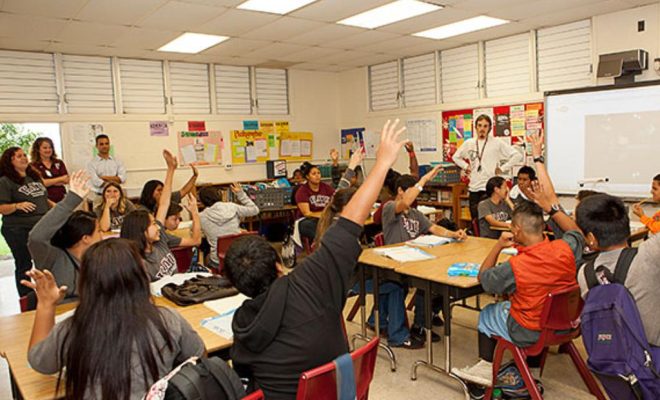Activities to Teach Students to Identify Statistical Questions

Statistical questions are those that have multiple possible answers and can be analyzed using statistical methods. These types of questions are essential in drawing conclusions, predicting future outcomes, and understanding the behavior of a given population.
Here are some activities that can help you teach your students to identify statistical questions effectively:
1. Brainstorming Session:
In this activity, students work in groups of three or four and brainstorm various questions that can be analyzed statistically in different settings. This could be related to their school environment, family, community, or any other context they find relevant. Encourage students to include open-ended questions, contain variables, and have multiple possible answers.
2. Classifying Questions:
Provide students with a set of questions and ask them to classify them as either statistical or non-statistical questions. Encourage students to justify their classifications using supporting reasons.
3. Creating Statistical Questions:
Ask students to create statistical questions by using data sets. Guide them through the process of generating questions that analyze the data. Encourage them to come up with multiple questions that can be answered through the data.
4. Analyzing data:
Provide students with data sets, from which they analyze statistical questions. This activity is an opportunity to understand how statistical questions can be answered by drawing observations from data sets. Students learn to identify variables, categorize data and develop conclusions.
5. Using Scenarios:
Use real-life situations and scenarios to encourage students to identify statistical questions. Scenes from movies, games, and documentaries can be great for this, as they have data that can be analyzed.
As students engage in these activities, it is important to provide guidance and support where required. Encourage them to think critically, question assumptions, and articulate their thought processes while analyzing data. As they develop these skills, they will be better equipped to solve statistical problems and succeed in math.



